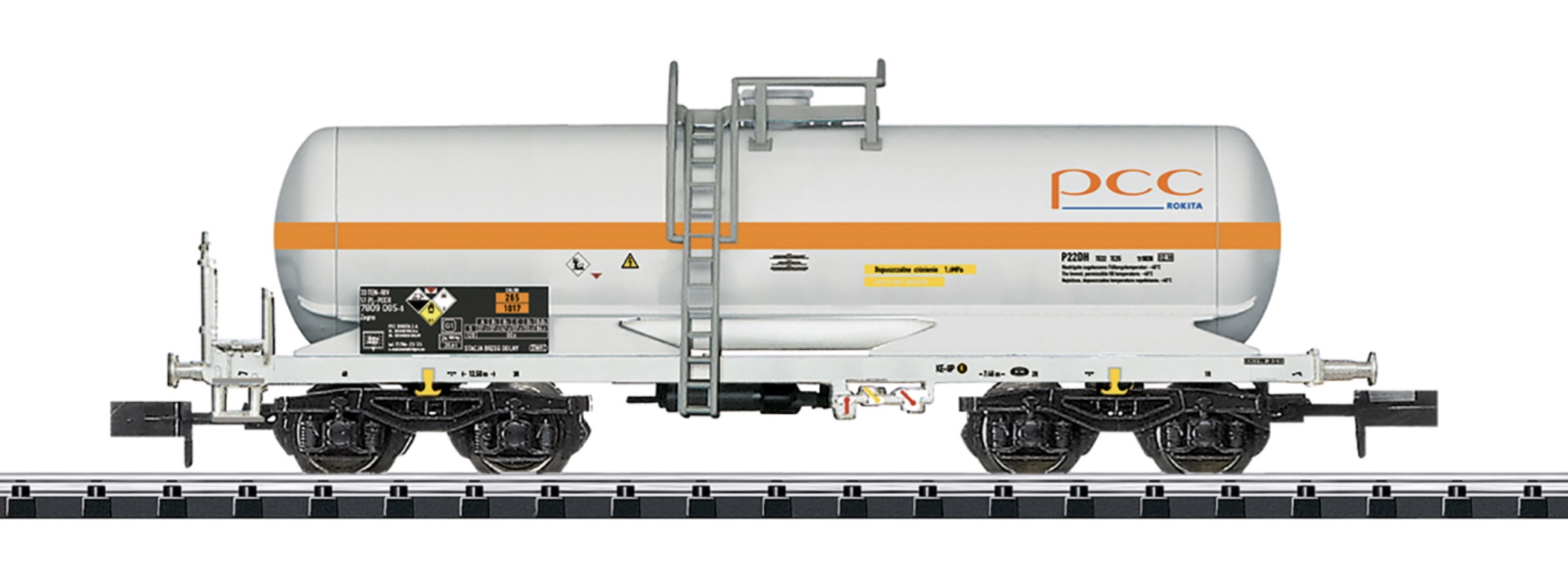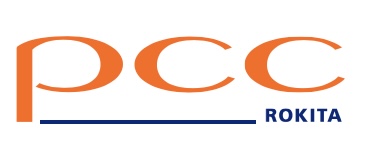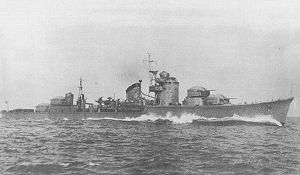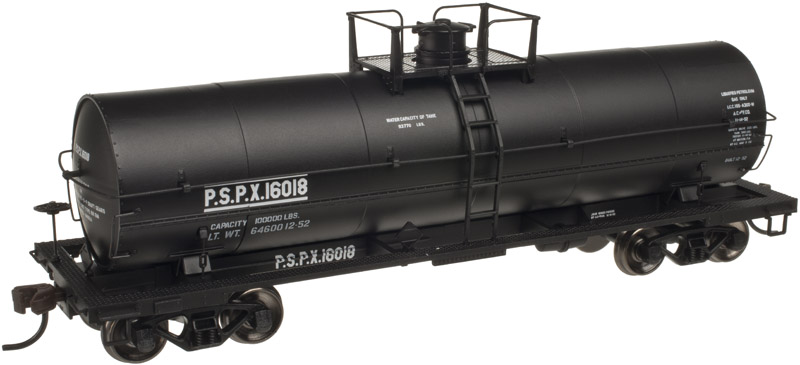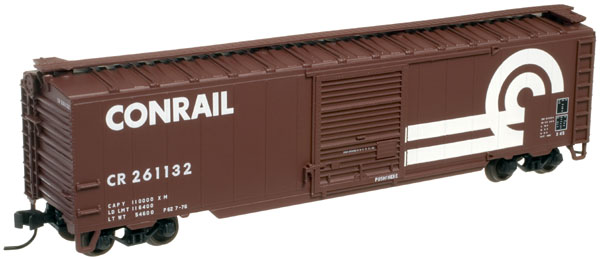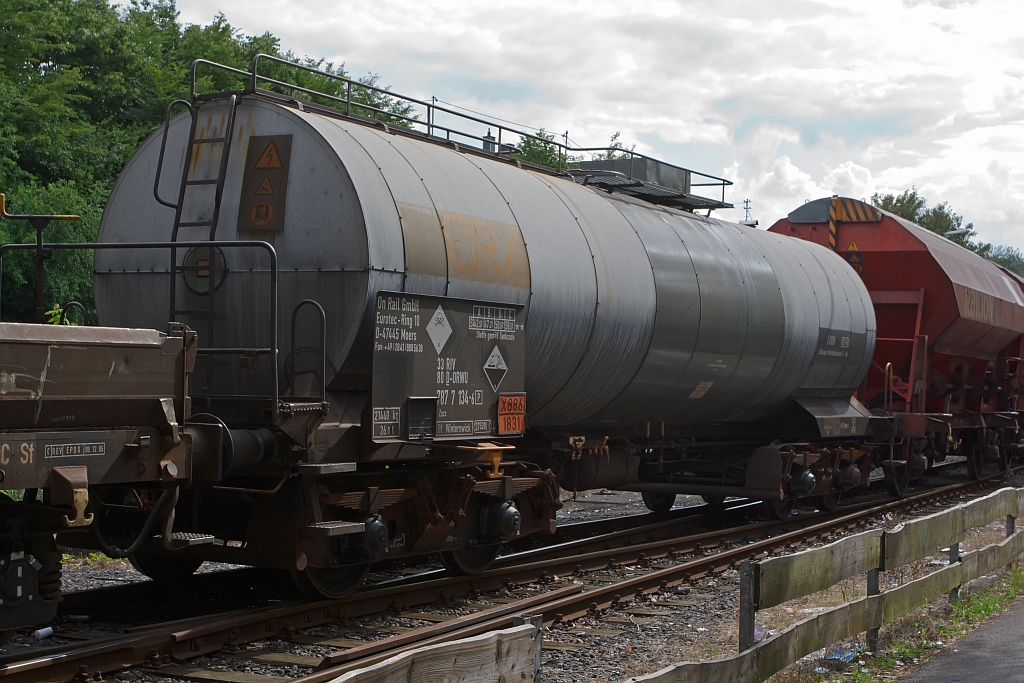Specific Item Information: PCC Rokita chlorine gas tank car. The car looks as it currently does in real life.
Prototype History: Tank cars are a railroad staple. They have been around since the first half of the 20th century. These railcars carry a wide array of commodities, including liquid fertilizers, chemicals, fuel oils and asphalt, and food-grade oils. Tank cars can be pressurized or non-pressurized, insulated or non-insulated. Single dome cars carry only a single commodity at once. Food-service tank cars may be lined with stainless steel, glass, or plastic. Tank cars carrying dangerous goods are generally made of different types of steel, depending on the intended cargo and operating pressure. They may also be lined with rubber or coated with specialized coatings for tank protection or product purity purpose. The tank heads are also stronger to prevent ruptures during accidents.
Road Name History: Chlorine Business Unit
The main products of the business unit are chlorine and alkali, manufactured on one of the world’s most modern membrane electrolysis installations. Chlorine is a key raw material used in the production of 55% of all chemical products. PCC Rokita SA is the largest supplier of chlorine for water supply systems in Poland and the second largest producer of chlorobenzene in Europe. Apart from chlorine and chlorobenzene, the unit also produces such products as sodium hydroxide and hydrochloric acid.
Polyols Business Unit The Polyol Unit operating within the structures of PCC Rokita SA is one of the largest European manufacturers of polyetheropolies under the trade name ROKOPOL® for the production of polyurethane flexible foams, rigid foams and applications such as paints and varnishes, adhesives, sealants and elastomers. Polyurethane foams are very widely used in many different industries, e.g. in the automotive, construction or furniture industries. They are used, among others, for the production of visco foams, from which high quality anti-bedsore mattresses are made. The technology of visco foams was created by NASA for astronauts staying in space for a long time, and has been available for general use for several years.
As part of its product portfolio, the unit also offers a wide range of oil bases for lubricants, produced using PAG (polyalkylene glycols) under the trade name ROKOLUB®.
Phosphorus Chemistry Business Unit PCC Rokita SA is the largest manufacturer of phosphoric flame retardants for polyurethane foams in Eastern Europe. The Phosphorus Chemistry Unit separated within the Company is a supplier of naphthalene-based superplasticisers for the needs of the largest infrastructure investments in Central and Eastern Europe such as roads, airports and stadiums.
Among the innovative products offered by the unit, there are also flame-retardant hydraulic fluids, lubricating additives and polymer additives.
Polyols Business Unit The Polyol Unit operating within the structures of PCC Rokita SA is one of the largest European manufacturers of polyetheropolies under the trade name ROKOPOL® for the production of polyurethane flexible foams, rigid foams and applications such as paints and varnishes, adhesives, sealants and elastomers. Polyurethane foams are very widely used in many different industries, e.g. in the automotive, construction or furniture industries. They are used, among others, for the production of visco foams, from which high quality anti-bedsore mattresses are made. The technology of visco foams was created by NASA for astronauts staying in space for a long time, and has been available for general use for several years.
As part of its product portfolio, the unit also offers a wide range of oil bases for lubricants, produced using PAG (polyalkylene glycols) under the trade name ROKOLUB®.
Phosphorus Chemistry Business Unit PCC Rokita SA is the largest manufacturer of phosphoric flame retardants for polyurethane foams in Eastern Europe. The Phosphorus Chemistry Unit separated within the Company is a supplier of naphthalene-based superplasticisers for the needs of the largest infrastructure investments in Central and Eastern Europe such as roads, airports and stadiums.
Among the innovative products offered by the unit, there are also flame-retardant hydraulic fluids, lubricating additives and polymer additives.
Brand/Importer Information: Trix is a German company that originally made Trix metal construction sets. one of its co-founders was Stephan Bing, the son of the pioneer toy-maker industrialist Ignaz Bing. In 1935 the company began producing the electrically powered model trains that it became famous for, under the Trix Express label. Prior to the outbreak of World War II the Trix company produced a small range of fairly unrealistic AC powered three rail models running at 14 volts.
N gauge models under the Minitrix brand were made from the late 1960s mostly of European prototypes (German and British primarily). North American prototypes were also manufactured and marketed under the Aurora "Postage Stamp" brand; later these items were sold under the American Tortoise, Model Power and Con-Cor brands. Trix sometimes utilized North American consultants to aid in the design of this portion of the product line. The "Hornby Minitrix' brand was used in the 1980s for a short lived range of British outline models using the earlier product tooling.
Trix's owner in the 1980s and 1990s was Mangold, which went bankrupt in the late 1990s and Märklin purchased the assets in January 1997. In part, this purchase was a reflection of Märklin's need for added production capacity; Trix had been manufacturing certain items for Märklin in previous years. The purchase was also in response to the earlier purchase of the Karl Arnold company by the Italian company Rivarossi; Märklin were very keen to take over Trix market share in 2-rail H0 and especially Minitrix, until then Märklin had not marketed N gauge models. In 2003, Märklin introduced its first N gauge models under the well established Minitrix brand. A number Märklin H0 scale three-rail AC locomotives have also been introduced in two-rail DC versions under the Trix logo and many models are shared between the two brands.
From Wikipedia
N gauge models under the Minitrix brand were made from the late 1960s mostly of European prototypes (German and British primarily). North American prototypes were also manufactured and marketed under the Aurora "Postage Stamp" brand; later these items were sold under the American Tortoise, Model Power and Con-Cor brands. Trix sometimes utilized North American consultants to aid in the design of this portion of the product line. The "Hornby Minitrix' brand was used in the 1980s for a short lived range of British outline models using the earlier product tooling.
Trix's owner in the 1980s and 1990s was Mangold, which went bankrupt in the late 1990s and Märklin purchased the assets in January 1997. In part, this purchase was a reflection of Märklin's need for added production capacity; Trix had been manufacturing certain items for Märklin in previous years. The purchase was also in response to the earlier purchase of the Karl Arnold company by the Italian company Rivarossi; Märklin were very keen to take over Trix market share in 2-rail H0 and especially Minitrix, until then Märklin had not marketed N gauge models. In 2003, Märklin introduced its first N gauge models under the well established Minitrix brand. A number Märklin H0 scale three-rail AC locomotives have also been introduced in two-rail DC versions under the Trix logo and many models are shared between the two brands.
From Wikipedia
Item created by: CNW400 on 2022-06-02 13:28:57. Last edited by CNW400 on 2022-06-03 09:49:11
If you see errors or missing data in this entry, please feel free to log in and edit it. Anyone with a Gmail account can log in instantly.
If you see errors or missing data in this entry, please feel free to log in and edit it. Anyone with a Gmail account can log in instantly.


